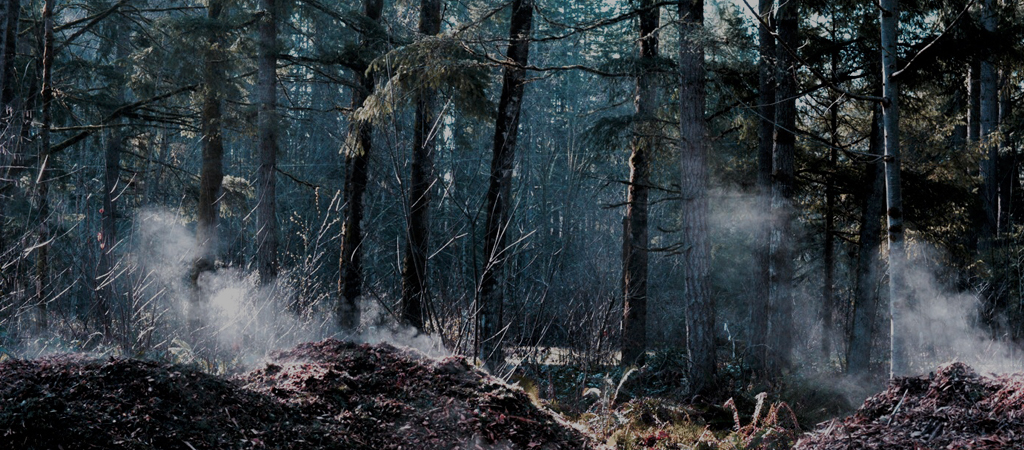The Question I Will Keep Asking Over And Over Again
Everybody needs beauty as well as bread, places to play in and pray in, where nature may heal and give strength to body and soul alike. No synonym for God is so perfect as Beauty. —John Muir
As I’ve shared before, my word for the year is Beautiful. It shows up in my goals…
Make beautiful food. Write beautiful words. Say beautiful things. Dream up beautiful things to do. Go beautiful places. Notice beautiful things and learn from them. Take beautiful pictures. Design beautiful artwork. Think beautiful thoughts. Pray beautiful prayers. Find the beautiful in the unexpected or where it has been previously unnoticed.
So, with goals like these, I will obviously be asking myself this question over and over again: Is it beautiful?
In a recent staff meeting, I shared with the team that I will be asking this question about our church too, “I’ll want to know that what we are doing and saying and giving and making is beautiful. If it’s not beautiful, something needs to change.”
In that meeting, I read some words by Brian Zahnd – from a post he wrote back in 2007 called “An Aesthetic Gospel.”
Here’s a portion of that post that I shared with the team…
* * * *
God is the creator of beauty and a connoisseur of all that is truly beautiful. God is an artist and His canvas is creation. Beauty is an attribute of the divine like wisdom or holiness.
Beauty has intrinsic value and needs no other justification than it is beautiful.
In an age given over to the cult of pragmatism this may seem an extravagant claim, but it is true: Art needs no other justification other than it is beautiful. Does a flower have to justify its existence by being practical?
The human sense of beauty is a testimony to being created in God’s image. God made us intelligent beings with the capacity to appreciate beauty. This appreciation for beauty is not just a learned trait, but something inherent. Studies have shown that infants recognize beauty before they have had time to be influenced by any cultural cues.
We are designed by the Great Artist to desire and appreciate beauty.
Creation, the Fall and redemption can be told in terms of beauty – an aesthetic gospel…
God created man to be beautiful — a work of art. Man’s sole purpose in Eden was to enjoy fellowship with God and cultivate beauty. The Fall was not only a breach of fellowship with our Creator but a descent into ugliness. So much of the human story is told with ugly words like, envy, hate, murder, war, greed. Man has lost much of his original beauty but not his love of art and his longing for beauty.
If God is an artist, then Satan is a vandal—a vandal intent upon defacing the image of God that humanity was created to bear.
In 1499 Michelangelo completed his sculpture of the Pietà, a marble sculpture in St. Peter’s Basilica in Rome depicting the body of Jesus in the lap of his mother after the crucifixion. The Pietà is a masterpiece that captures the Renaissance ideals of classical beauty balanced with naturalism. In 1972 a deranged vandal attacked the Pietà with a sledge hammer raining fifteen blows upon it while shouting, “No more masterpieces!” Before the man could be restrained he was able to inflict substantial damage upon the Pietà. The world was shocked and for a time it was feared that an irreplaceable masterpiece had been lost to a senseless act of vandalism. But the restoration artists were convinced that the Pietà could be saved and within a year it had been restored to its original beauty.
To see it today… it’s not only a testimony to the genius of Michelangelo, but a testimony to the skills of the restoration artists who are able to recover lost beauty.
Jesus is a restoration artist. He came to restore to beauty a humanity vandalized by a deranged fallen angel who has attacked our race shouting, “No more masterpieces!”
On the cross Jesus took the ugliness of sin into his own body and turned it into the beauty of salvation. This miracle is testified to by the very image of the cross itself. Originally the cross was a hideous spectacle that caused people to turn away in revulsion and horror. But now the cross has become an image of beauty depicted as a work of art in countless ways. Jesus transformed the cross from ugliness to beauty.
This is precisely what Jesus wants to do with humanity — turn ugliness into beauty.
You can almost evaluate everything from a Christian perspective by asking the question, is it beautiful? Love, humility, grace are beautiful things; legalism, self-righteousness, judgmentalism are ugly things. Everyone recognizes this. A gospel communicated in terms of aesthetics could reach an audience that has no interest in a doctrinal presentation of the gospel. The “unrevival” I look for could bring a fresh emphasis on art, aesthetics and the beautiful life back into a church mired in dull pragmatism.
In a culture that is suspicious of our truth claims and less than impressed with our claim to a superior ethic, beauty may be a fresh way to communicate our message.
Beauty has a way of sneaking past defenses.
* * * *
The question I will keep asking over and over again…
Is it beautiful?
If yes, go there. Invest in it. Affirm, encourage, bless it.
If not, something must change. Restore the beauty.
These are my marching orders in 2016.
The way of beauty.


Yes, the way of beauty. Thank you for this. Reminds me of an old song – He is the lily of the valley, the bright and morning star, the fairest of ten thousand to my soul. I think that’s how it goes. One of my favorites because it celebrates and rejoices in the loveliness of God.